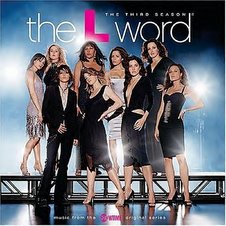Summary Of Representations of Gender in The past
Each week a new set of movies is released. Magazines Newspapers, adverts and even songs on the radio challenge our ideas about Gender.
Gunter (1995) and Elasmar (1999) provide useful summaries of representation of woman.
In the 1950’s, 1960’s and 1970s only 20 to 35 percent of characters were female. By the mid – 1980’s there were more women in leading roles but there were still twice as more men on screen.
In the Mid 1970’s, Miles (1975) found that there were nearly equal proportions of men and women in situation comedies however humour could still be traditional and sexist.
A study by McNeil (1975) concluded that the women’s movement had been largely idnored by television, with housewives being the main female roles. Women interaction were concerned with romance or family.
He also found in other studies in the 1970’s men were dominant characters and decision makers and men were twice as likely to make decisions or to give orders. Overall men were more likely to be assertive (or aggressive) whilst women were more likely to be passive.
American television tells viewers that women don’t matter as much in American society.
Tuchman asserts that those women who were shown to be working were portrayed as incompetents and inferiors as victims or having trivial interests.
Television in the Mid 1980’s is increasingly taking women seriously and there are are number of programmes that feature women in a more central what such as Sugar rush :D . There are documentaries and programmers on topics such as Breastcancer, rape etc.
Gillian Dyer Observed that the number of women in central roles and police and crime series had increased.
Subscribe to:
Post Comments (Atom)





1 comment:
Hey Jalna :)
would you be my blog buddy??
our independant studies link together well as were both doing representation on youth and females especially..
xx
Post a Comment